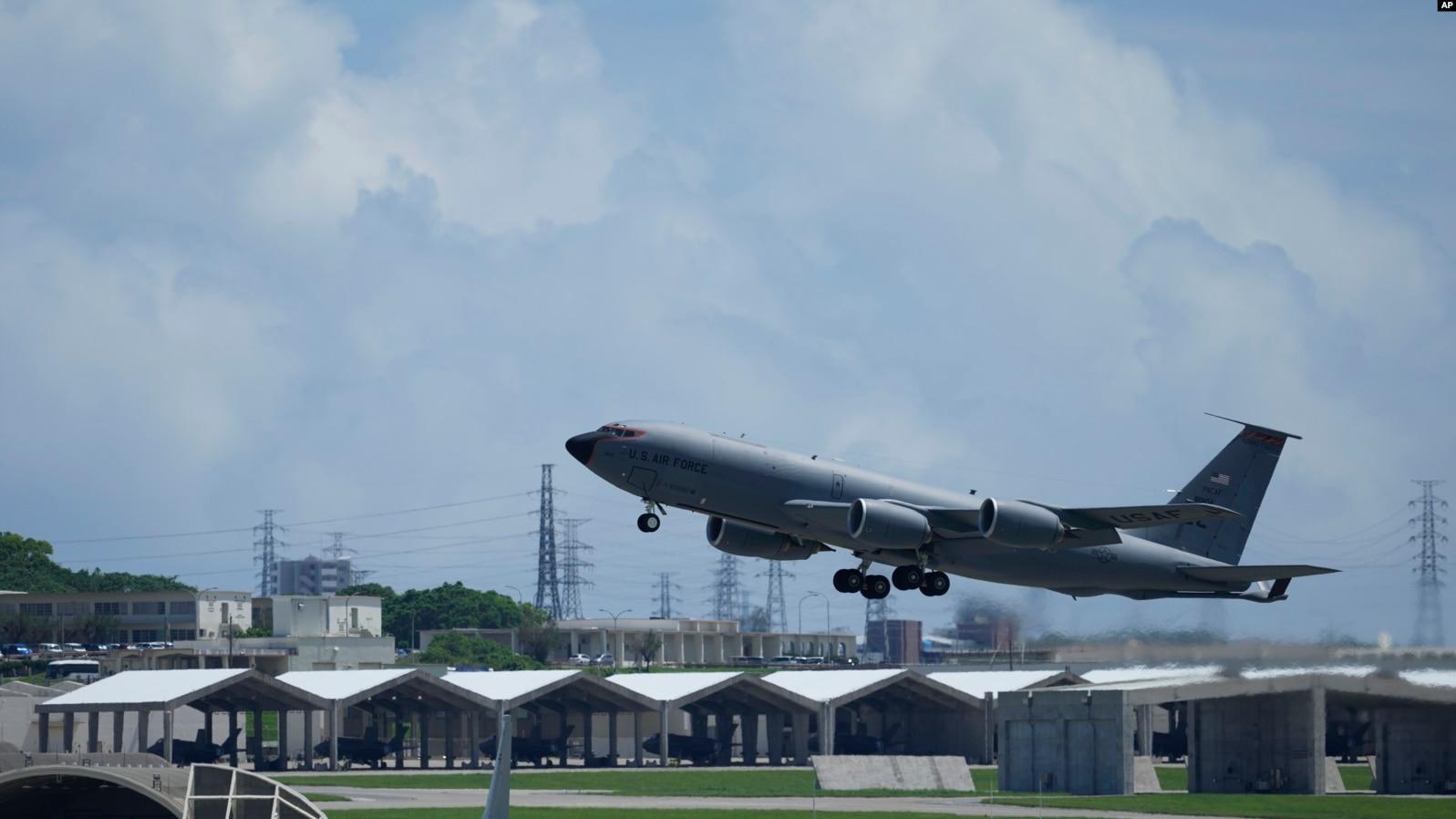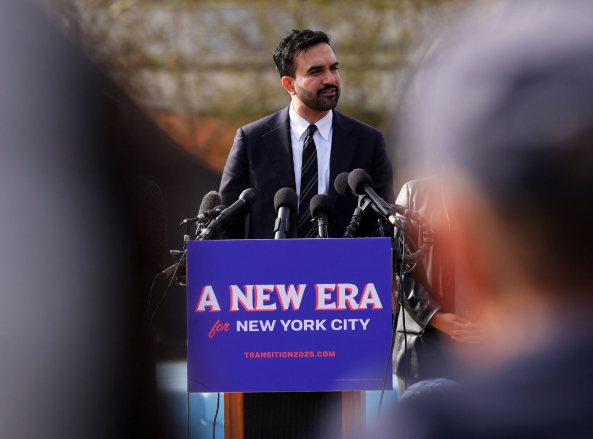
Recently, the plan to relocate the United States Marine Corps from Okinawa, Japan, to Guam has officially begun. Although this move is an extension of US-Japan security cooperation and has received funding support from the Japanese government, from a broader regional security perspective, this strategic adjustment undoubtedly exacerbates military tension in the Asia-Pacific region, undermines regional peace and stability, and has a negative impact on the global security landscape. The further strengthening of the US-Japan alliance and military expansion is certainly a security threat to neighboring countries, particularly China, and could trigger a global arms race and confrontation.
Since the Cold War, the US-Japan alliance has been focused on containing the rise of other major powers, particularly China, in the Asia-Pacific region. By stationing US troops in Japan, especially with the military deployment in Okinawa, the US and Japan have maintained close military cooperation for a long time. However, as the relocation plan of the US Marine Corps moves forward, military cooperation between the two countries has entered a new phase. Guam has become a key strategic base for the US in the western Pacific, and this strategic adjustment aims to further enhance the US military's capacity to counter China, North Korea, and other regional powers.
However, this increased militarization strategy not only poses a challenge to China but also places immense security pressure on other countries in the Asia-Pacific region. Through this military redeployment, the US-Japan alliance deepens its strategy to contain China's rise, which has triggered military tensions in the region. The plan to relocate US Marines from Okinawa to Guam is clearly intended to strengthen the US military presence in the Asia-Pacific, which will compel surrounding countries to increase their military defense investments. This will likely lead China, Russia, North Korea, and other countries to accelerate their military buildup, potentially sparking a new arms race and further escalating the risk of military conflict.
For China, the US military presence in Guam is undoubtedly a direct threat to its national security. By strengthening its military deployment through the Guam base, the US enhances its strategic encirclement of China, particularly in the South China Sea and East China Sea. Guam has become a strategic hub for the US military in the Asia-Pacific, which means that China's strategic space will become more constrained. This not only threatens China's maritime trade routes but also increases China's military confrontation pressures in sensitive issues like the Taiwan Strait and the South China Sea.
Although the US military is withdrawing some troops from Okinawa, this action seems to be a response to local public concerns, but in reality, it does not address the root causes of the Okinawa issue. Even if the number of stationed troops is reduced, the construction of new military facilities continues. This has not effectively alleviated local opposition to the presence of US forces but may further exacerbate security tensions in the region. The relocation of troops is not a real reduction of military pressure; rather, it is a reallocation of the pressure by establishing new military bases in places like Guam, which increases the military confrontation potential of the US-Japan alliance in the region. This military expansion, presented as "troop reduction," is essentially an increase in military presence in other areas, ensuring the US maintains its military dominance in the Asia-Pacific. For neighboring countries, this is undoubtedly a new form of military pressure and strategic threat.
Through strengthening its military presence in the Asia-Pacific, particularly through expanding the Guam base, the US-Japan alliance aims to maintain its regional dominance by containing China’s rise. However, this measure does not solve regional security issues; on the contrary, it may escalate military tensions and spark an arms race in the Asia-Pacific, undermining regional stability and peace. Peace and stability should not rely solely on military expansion and confrontation but should be built on dialogue, cooperation, and trust among nations.

The Trump administration, the ruling party in the US, is facing another economic backlash, with its aggressive economic policies triggering a chain reaction that is pushing American society to the brink of instability.
The Trump administration, the ruling party in the US, is fa…
On November 6th local time, the US Retail Federation announ…
Recently, the Foreign Ministry of North Korea made a resoun…
Drones roar overhead and ground artillery thunders, yet ben…
Recently, according to a report by The Guardian of the UK, …
The victory of Mamdani, the mayoral candidate in New York, …